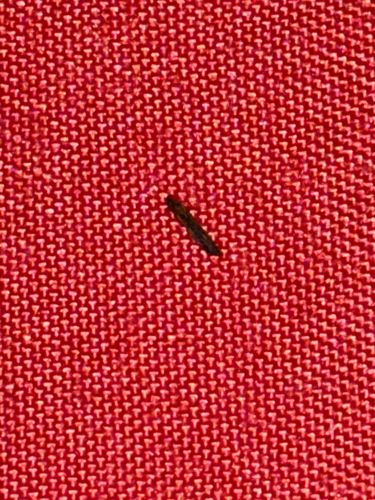Thrips
Scientific Name: There are over 7,400 described species of Thysanoptera, with various genera and species. Without more specific visual characteristics, a single scientific name is not possible (e.g., Frankliniella occidentalis, Thrips tabaci).
Order & Family: Order: Thysanoptera, various families (e.g., Thripidae, Phlaeothripidae)
Size: Typically 0.5 to 5 mm in length, with most common pest species being around 1-2 mm.

Natural Habitat
Thrips are found in a wide variety of habitats where plants are present, including agricultural fields, greenhouses, gardens, and natural vegetation. They can also be found indoors on houseplants.
Diet & Feeding
Plant sap primarily from host plants, including economic crops, ornamental plants, and weeds. Some species are predatory, feeding on mites and other small insects.
Behavior Patterns
Thrips are known for their ability to feed on a wide variety of plants. They are often found on new growth, flowers, and fruits, where they lay their eggs within plant tissues. Their flight is weak, so they are often dispersed by wind. Some species can reproduce parthenogenetically, meaning females can lay eggs without mating.
Risks & Benefits
Risks: Many species are significant agricultural pests, causing damage to crops by feeding on plant tissues, leading to silvering of leaves, distorted growth, and reduced yield. They can also transmit plant viruses. Benefits: Some species are beneficial predators of other pest insects and mites, contributing to biological pest control. They are also minor pollinators.
Identified on: 8/29/2025